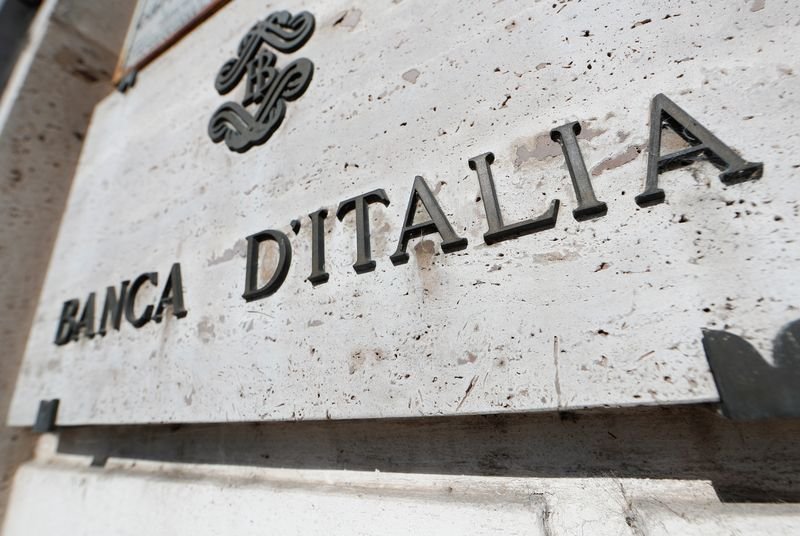Bank of Italy Identifies Four Countries at a Heightened Risk for Lenders
The Bank of Italy has recently pinpointed four nations that present significant systemic risks for financial institutions. This assessment impacts lenders by highlighting potential challenges that could arise from doing business in these areas. Understanding these risks is crucial for stakeholders in the banking sector, as it guides their operational strategies and risk management practices.
Understanding Systemic Risk
Systemic risk refers to the potential for a collapse within an entire financial system or market, contrasting with risks that affect only specific institutions or sectors. A systemic issue can lead to widespread repercussions across various financial institutions and may be triggered by factors such as economic downturns, political instability, or significant market disruptions.
Identifying countries with systemic risks is essential for banks and other financial entities, enabling them to adjust their lending strategies accordingly. The Bank of Italy’s recent findings underscore the importance of awareness in the global financial landscape.
The Selected Countries and Their Implications
Among the four identified countries is Russia, known for its complex economic landscape and political tensions that could pose risks to lenders. The country’s economy has faced sanctions and fluctuating oil prices, both of which contribute to uncertainties for financial institutions considering investments or lending in the area.
Russia: An In-depth Look
Russia’s financial environment is influenced heavily by its geopolitical actions and reliance on energy exports. The sanctions imposed by Western nations have put significant pressure on its economy, affecting not only local businesses but also international lenders with exposure to Russian debt. Banks must assess their risk appetite when dealing with Russian entities, as economic volatility raises the likelihood of loan defaults and financial instability.
Additional Countries of Concern
While Russia remains a focal point, three other nations were also highlighted due to their heightened systemic risks. Each country presents its unique set of challenges that can impact global financial stability.
Country A: Economic Challenges
Require insights into the economic conditions in Country A, which is facing political turmoil and high inflation rates. These factors create an unpredictable environment for lenders. A banking sector operating under such conditions risks exposure to unpredictable defaults and other financial distress events.
Country B: Political Instability
In Country B, ongoing political instability affects the confidence level of both local and foreign investors. With frequent changes in policy and governance, lenders must navigate a complex landscape where the rules can change rapidly, impacting their investment decisions.
Country C: Weak Regulatory Framework
Country C’s weak regulatory framework poses additional risks for banking institutions. Lenders may find themselves in situations where laws governing financial transactions are not well-defined or enforced. This absence of a robust legal system to protect investments can deter lending and heighten the risk of financial losses.
Risk Mitigation Strategies for Lenders
In light of the Bank of Italy’s findings, financial institutions must develop comprehensive strategies to mitigate the risks associated with lending in these high-risk countries. Below are several approaches that can be employed:
Conducting Thorough Risk Assessments
Banks should invest in rigorous risk assessment processes to evaluate potential lending opportunities in the identified countries. This involves analyzing local market conditions, foreign policies, and economic indicators that may influence the lender’s decision-making process.
Diversifying Exposure
One effective way to manage risk in high-risk markets is through diversification. By spreading their investments across different regions and sectors, lenders can reduce potential losses that may arise from a downturn in any single country or industry.
Strengthening Due Diligence Processes
Enhanced due diligence is essential when considering lending in high-risk nations. Financial institutions must ensure that they thoroughly vet potential borrowers, looking into their financial health, repayment capabilities, and overall business operations before extending credit.
Engaging Local Expertise
Leveraging local expertise can provide valuable insights into the specific challenges and opportunities within a country. Collaborating with regional experts helps lenders better navigate the complexities of the local market, allowing for more informed decision-making.
The Importance of Regulatory Compliance
Staying compliant with international regulations and local laws is critical for lenders operating in systemic risk countries. Violations can lead to severe penalties and damage a bank’s reputation, making compliance a top priority.
Navigating International Regulations
Lenders must remain aware of international regulations pertaining to financial transactions, especially when engaging in cross-border lending. Keeping abreast of these rules ensures that financial institutions avoid legal consequences that could jeopardize their operations.
Local Legal Compliance
Adhering to local laws is equally important. Banks should familiarize themselves with the legal frameworks of the countries they operate in to safeguard against litigation or penalties that could arise from non-compliance.
Conclusion
The identification of systemic risk countries by the Bank of Italy serves as a vital advisory for lenders. By understanding the risks associated with these regions, financial institutions can craft better strategies to protect their investments and maintain stability in their lending practices.
Keeping Updated on Global Financial Trends
As the global economic landscape continuously evolves, staying informed about emerging trends and risks is crucial for banks. Regularly reviewing assessments and adjusting strategies ensures that lenders can effectively respond to changing conditions and safeguard their financial health.
By prioritizing risk assessment, due diligence, and legal compliance, financial institutions can navigate the complexities of lending in high-risk countries while minimizing potential setbacks.
